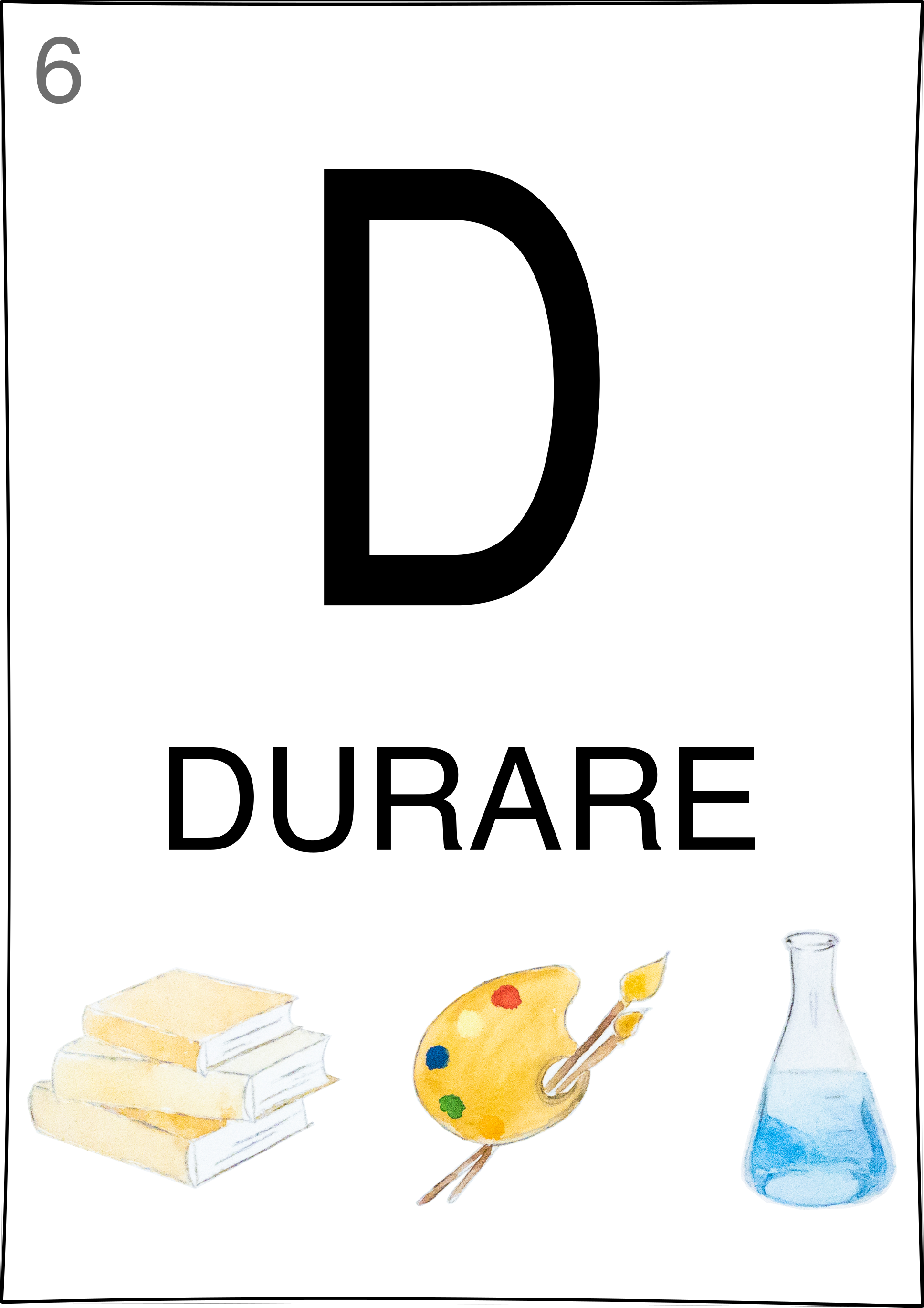Developing Durable Splendour in Medieval Art, c. 800—1450
Jan van Daal
Jan’s individual project within DURARE centres around durable splendour in the west European Middle Ages. His research, titled Developing Durable Splendour in Medieval Art, c. 800—1450, is founded on three pillars:
1) The aesthetic ideal of splendour. In the Middle Ages, ‘splendour’ had specific connotations. Medieval splendour entails the aesthetics of light interacting with materials. Accordingly, Jan investigates artworks made with materials of splendour: colourants, gemstones, glass and precious metals.
2) The desire for the durable. Effort, investments, regulations and standards were required to create a splendid artwork in the Middle Ages. This evokes the presupposition that splendour had to be durable to be worthwhile. However, it is still unknown for how long and in what manner durable splendour was to be attained.
3) The concept of development. Medieval splendour was ‘developed’ in the sense that patrons’ desires, artisans’ techniques and reception of finished artworks all fed into the making of a new work. Understanding durability in medieval splendour thus requires the examination of sources that offer different perspectives on the production chain of artworks.
From these pillars raises the question: ‘How did the concept of durability take on meaning throughout the development of splendid art in the Middle Ages?’ To answer this question, Jan studies sources associated with regulation, patronage, artisanal practice and surviving artworks. Linguistic analysis, reconstruction of artisanal recipes and object examination come together as a meshwork that, in the end, functions as a rich answer to Jan’s research question.




 @erc_durare
@erc_durare